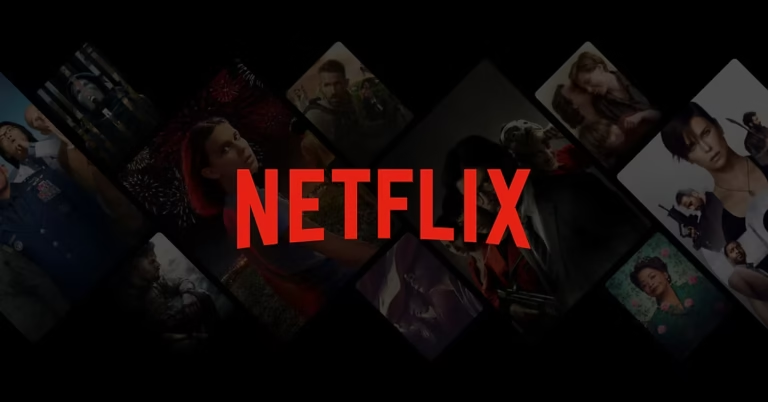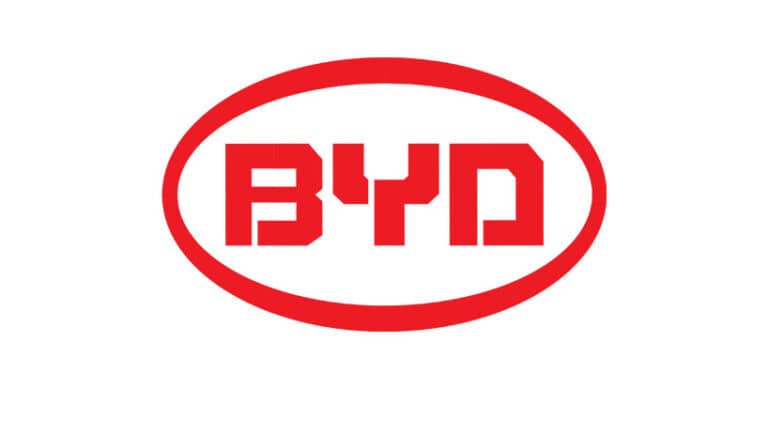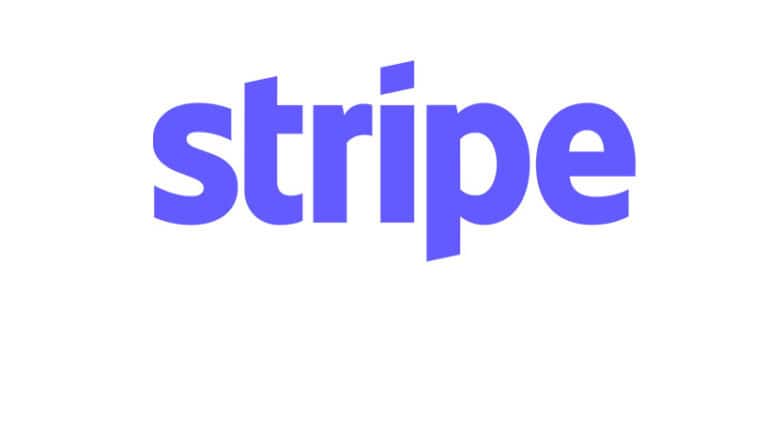Introduction
Netflix is renowned not only as a global leader in content streaming but also as a technology powerhouse. Their focus on personalization, recommendation engines, and A/B testing places a premium on advanced machine learning talent. Preparing strategically is essential for standing out in your Netflix ML interview. The company’s emphasis on data-driven decision-making and machine learning (ML) innovation has placed it at the forefront of technological advancements. Netflix’s ML team is integral to everything from recommendation systems and content personalization to fraud detection and customer retention strategies. As a result, securing a role in Netflix’s ML division is highly competitive, and thorough preparation is essential.
Aspiring ML engineers often find the interview process at Netflix challenging due to its multifaceted nature. The process assesses not only technical skills but also problem-solving ability, creativity, and cultural fit. Netflix places a strong emphasis on its unique values, such as “Freedom and Responsibility,” and the ability to make impactful contributions in a fast-paced, high-autonomy environment. Thus, candidates need to be well-prepared across a variety of technical and behavioral dimensions to stand out.
In this comprehensive guide, we’ll explore what it takes to succeed in a Netflix ML interview, the skills and concepts you need to master, and provide insights into typical interview questions. By the end of this article, you’ll have a clear understanding of how to navigate Netflix’s interview process and how InterviewNode can be a valuable resource in your preparation journey.
Section 1: Overview of Netflix’s Machine Learning Team and Interview Process
Netflix’s success is deeply intertwined with its ability to leverage data to deliver an exceptional user experience. The company’s ML team works on a broad spectrum of projects, including personalized content recommendations, dynamic pricing, and even optimizing streaming quality based on user behavior. This emphasis on ML is evident in the sophistication of the algorithms Netflix employs to predict what content viewers will enjoy, leading to increased user engagement and satisfaction.
The Role of ML at Netflix
Netflix’s ML team focuses on several key areas:
Content Recommendation: Using collaborative filtering, deep learning models, and user profile clustering, the team refines the suggestions that appear on a user’s home screen.
Content Creation and Personalization: Algorithms are used to decide which thumbnails are shown to users, the content placement on the app, and even the production of original content based on viewer preferences.
A/B Testing and Experimentation: The ML team collaborates with data scientists to design experiments that help validate hypotheses and optimize product features.
Optimization and Infrastructure: Ensuring that the streaming experience is seamless and scalable involves solving complex optimization problems.
Netflix’s ML Interview Process
The interview process typically consists of four main stages:
Initial Screening:
Conducted by a recruiter or hiring manager, this stage assesses a candidate’s background, motivations, and fit for the role.
Candidates should be prepared to discuss their past experiences and technical projects in-depth, especially those involving machine learning.
Technical Coding Interviews:
Focuses on assessing proficiency in programming (typically Python or Java) and data manipulation (SQL).
Candidates are given problems that test their ability to write efficient, scalable code, often related to data structures and algorithms.
System Design & ML Case Studies:
Candidates are presented with real-world scenarios and asked to design ML systems or propose solutions for given problems.
This round tests a candidate’s understanding of ML pipelines, model evaluation, and deployment strategies.
Behavioral Interviews:
Netflix values individuals who can thrive in their culture of freedom and responsibility. Candidates are evaluated on their alignment with the company’s values and ability to collaborate effectively.
Section 2: Key Concepts and Skills Needed for Netflix ML Interviews
To ace the Netflix ML interview, candidates must demonstrate deep technical expertise and practical problem-solving skills. Below are the core areas of knowledge and skills required:
1. Machine Learning Fundamentals
Supervised Learning: Understanding of regression, classification, and decision trees. Proficiency in using algorithms like SVM, k-NN, and logistic regression.
Unsupervised Learning: Clustering methods such as k-means and hierarchical clustering.
Reinforcement Learning: Knowledge of how reinforcement learning models are applied in environments like recommendation engines or gaming.
Deep Learning: Proficiency in architectures such as Convolutional Neural Networks (CNNs) for image data and Recurrent Neural Networks (RNNs) for sequential data.
2. Mathematics and Statistics
Probability Theory: Concepts like Bayes’ theorem, probability distributions, and Markov chains.
Linear Algebra: Matrix operations, eigenvalues, and eigenvectors.
Calculus: Derivatives, gradients, and optimization techniques like gradient descent.
Optimization: Strategies for optimizing ML models, such as stochastic gradient descent, RMSProp, and Adam.
3. Data Analysis & Programming
Advanced proficiency in programming languages like Python, R, or Java is essential.
Expertise in data manipulation using Pandas, NumPy, and SQL.
Experience with data visualization libraries such as Matplotlib and Seaborn.
4. Machine Learning Frameworks
TensorFlow and PyTorch are widely used for building, training, and deploying ML models.
scikit-learn: Used for implementing standard machine learning algorithms and pipelines.
5. Business Acumen and Communication
The ability to translate complex business problems into ML solutions is critical. Candidates should be able to communicate their approach clearly and align their solutions with business objectives.
Netflix expects candidates to be not only technically proficient but also adept at communicating their solutions to both technical and non-technical stakeholders. Demonstrating an understanding of business impact is key to succeeding in these interviews.
Section 3: Top 20 Questions Asked in Netflix ML Interviews with Sample Answers
Netflix’s ML interview questions are designed to evaluate both technical proficiency and problem-solving skills, as well as the ability to articulate solutions clearly. Below are 20 commonly asked questions, along with sample answers and explanations:
Technical Questions
“Explain the differences between a Decision Tree and a Random Forest.”
Answer: A Decision Tree is a model that splits the feature space based on criteria such as Gini impurity or information gain. It tends to overfit on small datasets. A Random Forest, on the other hand, is an ensemble of multiple Decision Trees. It reduces overfitting by averaging the predictions of several trees, resulting in higher accuracy and better generalization.
“How would you handle imbalanced data?”
Answer: Imbalanced data can be handled using techniques such as:
Resampling: Oversampling the minority class or undersampling the majority class.
Using different evaluation metrics like precision, recall, and F1-score instead of accuracy.
Applying algorithms like SMOTE (Synthetic Minority Over-sampling Technique) or using ensemble methods like balanced Random Forest.
“What is the difference between L1 and L2 regularization?”
Answer: L1 regularization adds the absolute value of the magnitude of coefficients as a penalty term, leading to sparse solutions and feature selection. L2 regularization adds the squared magnitude of coefficients, resulting in smaller but non-zero coefficients, which helps prevent overfitting without completely eliminating any feature.
“Describe how you would implement a collaborative filtering algorithm.”
Answer: Collaborative filtering can be implemented using either user-based or item-based approaches. For user-based filtering, similar users are identified based on ratings, and recommendations are made using their preferences. For item-based filtering, similar items are clustered, and recommendations are based on the user's historical interactions with similar items.
“How do you prevent a neural network from overfitting?”
Answer: To prevent overfitting in neural networks, you can:
Use regularization techniques like L2 regularization or dropout.
Apply early stopping during training.
Increase the size of the training data.
Reduce the complexity of the model (e.g., fewer layers or parameters).
“What is the vanishing gradient problem in RNNs, and how can it be solved?”
Answer: The vanishing gradient problem occurs when gradients become very small during backpropagation, making it difficult for RNNs to learn long-term dependencies. This can be addressed by using architectures like LSTMs (Long Short-Term Memory) or GRUs (Gated Recurrent Units), which have gating mechanisms that help preserve the gradients.
“Explain the concept of cross-validation and why it is used.”
Answer: Cross-validation is a technique used to evaluate the performance of a model by dividing the dataset into k subsets and training the model k times, each time using a different subset as the validation set and the remaining as the training set. It helps in assessing how well the model generalizes to unseen data and in choosing hyperparameters.
“What are the trade-offs between using a Decision Tree and a Neural Network?”
Answer: Decision Trees are easy to interpret and handle both categorical and numerical data well but tend to overfit on small datasets. Neural Networks, while more complex and requiring more data, can model highly non-linear relationships and perform better on large datasets. The trade-offs involve interpretability, computational cost, and overfitting risks.
“How would you handle missing data in a dataset?”
Answer: Missing data can be handled by:
Imputing missing values using the mean, median, or mode.
Using algorithms that can handle missing values internally (e.g., XGBoost).
Dropping rows or columns with too many missing values, if applicable.
Using advanced techniques like KNN imputation or matrix factorization.
“What are precision and recall, and when would you use them?”
Answer: Precision is the ratio of true positives to the total predicted positives, while recall is the ratio of true positives to the total actual positives. Precision is important when false positives are costly (e.g., spam detection), whereas recall is crucial when false negatives are more detrimental (e.g., disease detection).
Behavioral Questions
“Tell me about a time you had to make a critical decision with limited data.”
Answer: I was working on a recommendation engine project, and we encountered a situation where a new product line had limited customer interaction data. I leveraged domain expertise, market research, and analogous data from similar products to create a preliminary model. This model performed well and allowed us to proceed with a data-driven approach until more interaction data became available.
“Describe a situation where you had to persuade others to adopt a new machine learning solution.”
Answer: During a project to implement an NLP-based chatbot for customer service, I had to convince stakeholders of its efficacy. I presented a prototype with estimated cost savings and demonstrated its ability to handle common queries accurately. After a successful pilot, the stakeholders agreed to fully deploy the solution.
“How do you prioritize multiple ML projects with competing deadlines?”
Answer: I prioritize projects based on their business impact, urgency, and complexity. First, I evaluate each project’s contribution to the company’s goals and identify dependencies. Then, I collaborate with stakeholders to align priorities and adjust timelines as needed to maximize value delivery while balancing resources.
“Tell me about a time when you failed at an ML project and how you handled it.”
Answer: I was leading a project to build a predictive maintenance model, but the initial results were not satisfactory due to data quality issues. I documented the lessons learned, identified gaps in our data collection process, and collaborated with the data engineering team to improve data quality. The revised model performed significantly better, and we integrated it into production.
“Describe a situation where you had to learn a new ML technique or tool quickly to complete a project.”
Answer: I had to quickly learn TensorFlow when our team decided to switch from scikit-learn to handle deep learning projects more effectively. I took online courses, read documentation, and practiced implementing models in TensorFlow. Within a few weeks, I was able to successfully lead the team in deploying a new model using the framework.
“How do you handle feedback and critique on your ML models?”
Answer: I view feedback as an opportunity to improve. I take time to understand the concerns raised, validate them with data, and iterate on my model accordingly. If I disagree, I present a data-driven counterargument while remaining open to exploring alternative solutions.
“How do you ensure your ML models are explainable and transparent to non-technical stakeholders?”
Answer: I use techniques like feature importance analysis, SHAP (SHapley Additive exPlanations), and LIME (Local Interpretable Model-agnostic Explanations) to explain the decision-making process of my models. I create visualizations and analogies that simplify complex concepts, making it easier for non-technical stakeholders to understand and trust the models.
“Describe a challenging project where you had to work cross-functionally with other teams.”
Answer: In a project to build a recommendation engine, I collaborated closely with the product, data engineering, and marketing teams. Each team had different priorities and metrics for success, so I facilitated regular alignment meetings and adjusted the project roadmap to accommodate everyone’s requirements, resulting in a well-integrated solution that exceeded expectations.
“How do you handle situations where there is ambiguity in project requirements?”
Answer: I start by gathering as much information as possible and identifying key stakeholders. I then organize brainstorming sessions to clarify objectives and document assumptions. I propose initial solutions that can be refined iteratively based on feedback, reducing ambiguity over time.
“Tell me about a time you mentored a junior engineer and how you helped them grow.”
Answer: I mentored a junior engineer who was struggling with implementing deep learning models. I provided them with resources, set up weekly review sessions, and worked through challenging problems together. Over a few months, they became confident in building and deploying models independently and eventually led a project on their own.
Section 4: Do’s and Don’ts for Succeeding in a Netflix ML Interview
Do’s:
Understand Netflix’s Business and Culture: Research Netflix’s business model, its emphasis on personalization, and how your skills can contribute.
Prepare Detailed Case Studies: Be ready to discuss past ML projects in depth. Focus on the business impact, challenges faced, and how you overcame them.
Brush Up on Core ML Concepts and Coding: Practice solving coding problems related to data structures and algorithms. Revisit core ML concepts and ensure you can explain them clearly.
Align Your Answers with Netflix’s Core Values: Frame your experiences to demonstrate accountability, ownership, and innovation.
Don’ts:
Avoid Superficial Answers: Don’t rely on textbook definitions without providing context or concrete examples from your experience.
Don’t Focus Solely on Technical Skills: Netflix values collaboration and cultural fit as much as technical acumen.
Avoid Overcomplicating Solutions: Simple, elegant solutions that are easy to implement and scale are preferred over complex ones.
Don’t Be Rehearsed: Authenticity matters. Communicate clearly but avoid sounding scripted.
Section 5: How InterviewNode Can Help You Ace Netflix ML Interviews
InterviewNode specializes in helping candidates succeed in highly competitive interviews, including those at Netflix. Our offerings are tailored to meet the specific requirements of ML roles, ensuring candidates are well-prepared for both technical and behavioral rounds.
Mock Interviews and Feedback
Our mock interviews simulate real-world scenarios, allowing candidates to practice problem-solving under pressure.
Detailed feedback is provided, highlighting areas for improvement and reinforcing strengths.
Curated Question Banks
We provide a comprehensive set of questions that have been frequently asked in Netflix ML interviews, ensuring candidates are familiar with the types of problems they will encounter.
Personalized Coaching
Our experienced mentors offer one-on-one coaching sessions, helping candidates refine their problem-solving approaches, build confidence, and articulate their answers more effectively.
Conclusion
Preparing for a Netflix ML interview can be daunting, given the complexity of the role and the high expectations of the company. However, with the right preparation strategy, focusing on core technical skills, and understanding the company’s culture, candidates can significantly improve their chances of success. InterviewNode offers specialized resources and personalized coaching to help candidates navigate this process with confidence. Ready to take the next step in your ML career? Explore how InterviewNode can help you ace your interview and land your dream job at Netflix.






